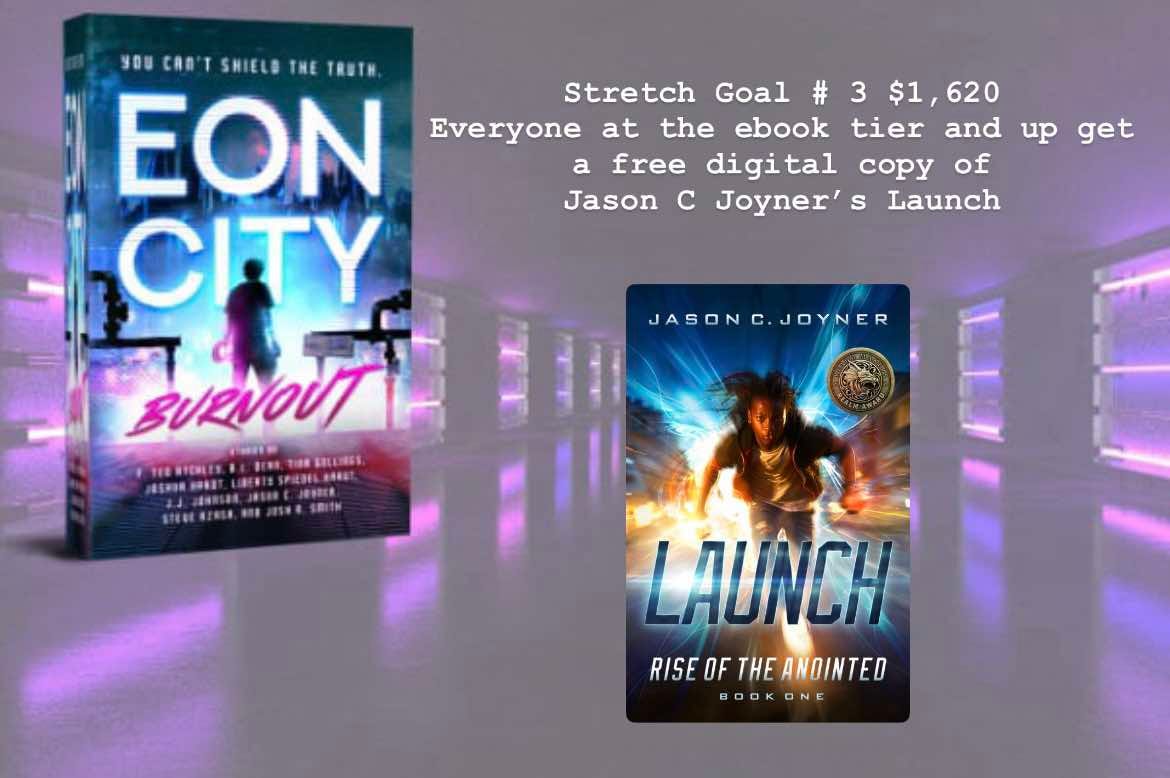Over the last few weeks, we’ve talked about the power of Middle Grade horror: the kind that teaches courage; and fantasy: he kind that shows kids that you don’t need magic to be heroic. Today, let’s step into another world: Middle Grade science fiction.

When people think "sci-fi," they often jump to spaceships, robots, and blinking gadgets. And sure, those are fun. But if you dig into the real heart of Middle Grade science fiction, you’ll find it’s not about technology at all. It’s about asking the hard questions, and giving kids the tools to answer them.
Look at the classics.
Madeleine L'Engle’s A Wrinkle in Time wasn’t about shiny machines; it was about love defying cosmic evil. Lois Lowry’s The Giver wasn’t about futuristic tech; it was about memory, freedom, and the cost of comfort. Jeanne DuPrau’s The City of Ember didn’t obsess over mechanics; it shone a light on survival, hope, and the stubborn spark of human ingenuity.
Even Anne McCaffrey’s Dragonriders of Pern—which feels like fantasy at first glance with its dragons and distant worlds—quietly reveals itself as pure science fiction. Colonists. Genetic engineering. Planetary survival. It's not spells keeping those dragons aloft, it’s science and history. (And maybe a little bit of wishful thinking.)
All of these stories share a common thread: they use the “what if” of science fiction to tackle the “what now” of growing up.
Because at it’s core Middle Grade sci-fi isn’t about futuristic toys: it’s about resilience. It's about standing in the ruins, or at the edge of a wormhole, or under an oppressive regime, and daring to ask:
What should we do next?
Who do we want to be?
And that’s exactly why this genre matters so much for this age group.
Middle Grade readers are just starting to realize how big the world is, and how complicated. They’re old enough to understand that not everything is fair. That rules aren't always good. That adults don't always have the right answers. But they’re still young enough to believe that change is possible. That someone (maybe even them) can fix it.
Science fiction meets them right there. It hands them a messy, broken world; or a world on the verge of breaking; and says, "Okay. What now?"
It asks kids to imagine different futures, different systems, different ways of living. It teaches them that invention is possible, that society is a choice, that problems—even huge ones—can be solved by creativity, courage, and action.
And the heroes? They’re not soldiers or saviors or scientists in white coats. They’re kids. Often kids who don’t have all the answers. Kids who mess up. Kids who doubt themselves. Kids who get scared. But kids who try anyway.
Meg Murry from A Wrinkle in Time is awkward, stubborn, and full of self-loathing. But she saves the day with nothing more than her ability to love. Jonas from The Giver starts off as a rule following kid who trusts everything he’s been taught, until he realizes he has to choose between safety and truth. Lina and Doon in The City of Ember are just trying to survive, but they end up uncovering secrets and lighting the way out of darkness.
Middle Grade sci-fi heroes don’t wait for permission to make things better. They don’t need perfect plans or magic weapons. They have guts. They have questions. They have heart.
And that’s what we should be writing for them.
We should give them stories where they see that the future isn’t something that just happens to them-it’s something they can build, one choice at a time.
We should give them broken cities and fading worlds and failing systems, and then show them how to ask the hard questions, find the cracks, and imagine a better way forward.
We should remind them that it’s okay to not have all the answers yet. That courage sometimes looks like asking a question no one else is asking. That leadership sometimes looks like saying, “This isn’t good enough. We can do better.”
Middle Grade science fiction doesn’t have to be grim. It doesn’t have to be full of dystopian gloom. It can be hopeful. It can be funny. It can be wild and adventurous and filled with strange creatures and incredible journeys.
But at its heart, it should always, always hand the reader a simple but powerful truth:
The future isn’t set in stone. It’s something we create.
So yes, by all means bring on the starships and the time travel and the dragonlike genetically modified creatures. Build worlds and wreck them and rebuild them again. But don’t forget the kid at the center of it all—the kid who is scared, but brave; small, but mighty; confused, but willing to try.
Because Middle Grade science fiction isn’t about gadgets.
It’s about guts.
We’re closing in on the last few days of the Eon City Kickstarter!
We have hit a number of perks and stretch goals, and if you back now you can get in on these if you back at the ebook level or up.
Every backer gets a free digital copy of the novella Interstice Undone- A collaborative novel written by myself, Steve Rzasa, and Jason C. Joyner.
Every backer gets our world building document for creating the World of Eon City.
Every back will get a free digital copy of my 2020 Realm Award winning book- Iggy & Oz: The Plastic Dinos of Doom!
And now- if we hit $1,620 every backer gets a free digital copy of Jason C. Joyner’s Realm Award winning superhero novel: LAUNCH.
We’re so very close to hitting that final stretch goal. The ebook is $10.00 plus you get everything above and LAUNCH if we hit that number of $1,620!




Absolutely. I love this. I’m currently writing my first straight up MG sci fi (space opera) and these are the things that matter. 🥹 wonderfully said!!
I never thought about it, but so right. Love this!